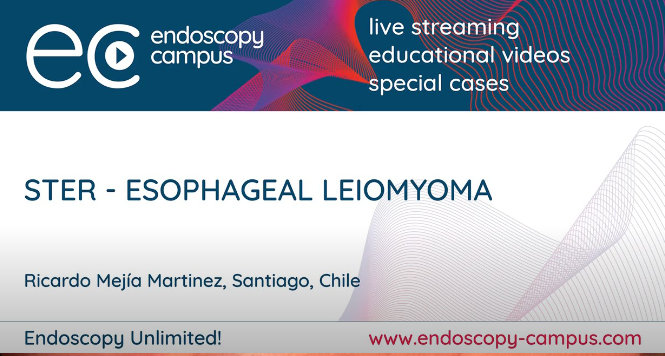Only 80% Eradication Rates of Barrett’s Esophagus With Long-Term Follow-Up of Endoscopic Therapy Studies
Prateek Sharma, MD, FASGE, reviewing Desai M, et al. Aliment Pharmacol Ther 2021 Aug.
Patients with high-grade dysplasia and/or early cancer in Barrett’s esophagus (BE) are treated with endoscopic therapy (BET), with the goal of complete eradication of all intestinal metaplasia (CE-IM) and neoplasia (CE-N). BET is a set of endoscopic techniques, including endoscopic mucosal resection, usually followed by mucosal ablative procedures, such as radiofrequency ablation, cryotherapy, or argon plasma coagulation. Although immediate post-BET results have shown to be excellent, it is unclear how durable the effect of BET is in long-term follow-up. This systematic review and meta-analysis evaluated the long-term efficacy of BET using stringent criteria to include studies that followed patients with BE for a minimum of 2 years after achieving confirmed CE-IM or CE-N, as well as studies with clearly defined surveillance intervals and systematic sampling protocols.
A total of 8 studies met criteria and included 794 patients who underwent BET, of whom 658 completed therapy and 598 completed follow-up. The pooled estimate of patients achieving CE-N was 95.9% (91.8%-94.9%; I2=95.9%), with an intent-to-treat pooled estimate of 84.5% (69.8%-94.9%; I2=95.9%). The overall pooled estimate of CE-IM was 90.9% (83%-96.6%; I2=89.1%), with an intent-to-treat pooled estimate of 79.3% (64.3%-91.1%; I2=95.5%). Of the 598 patients followed for a mean duration of 3.4 years (range, 27-69.7 months), overall pooled rates of durable CE-N and CE-IM were 89% (73.4%-98.2%; I2=96%) and 77.8% (65.6%-88%; I2=90.9%), with intent-to-treat analysis showing 70% (49.5%-87%; I2=97.1%) and 62.9% (44.4%-79.7%; I2=96.4%) for CE-N and CE-IM, respectively. Only 2 studies provided data from beyond 5 years of follow-up, with rates of 54.3% (41.5%-67%) and 50% (41.5%-58.5%) for CE-N and CE-IM, respectively.

COMMENTBET has excellent results in the short term but has only an 80% efficacy rate of achieving complete eradication of all BE (CE-IM) at 3.5 years, even after meeting strict inclusion criteria. Improving the consistency of reporting BET and outcomes in a standardized fashion could decrease heterogeneity among published studies and provide a more robust pool of endoscopic data.
Note to readers: At the time we reviewed this paper, its publisher noted that it was not in final form and that subsequent changes might be made.
CITATION(S)
Desai M, Rösch T, Sundaram S, et al. Systematic review with meta-analysis: the long-term efficacy of Barrett’s endoscopic therapy-stringent selection criteria and a proposal for definitions. Aliment Pharmacol Ther 2021;54:222-233. (https://doi.org/10.1111/apt.16473)


